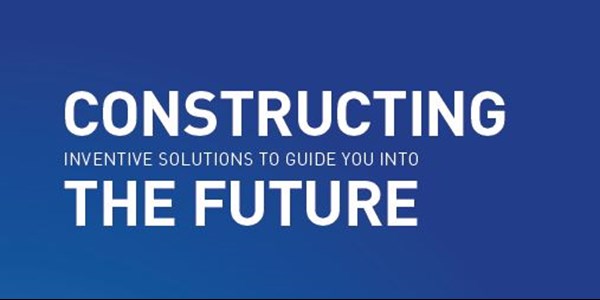To compact the concrete in the mould, we match the respective compaction equipment to the needs of the customer.
Basically, there are two main technologies being used for the compaction of the concrete in the mould.
High-frequency technology
High-frequency technology is used in the compaction of plasticised to stiff concrete as well as for larger slab and panel thicknesses or insulated elements.
In the MagVib technology, Weckenmann high-frequency vibrators for compaction are magnetically clamped to the shuttering pallets. The MagVib technology significantly increases efficiency in high-frequency compaction of concrete in shuttering pallets; at the same time, the noise level is reduced to around 10 to 20 dB (A).
Low-frequency technology
Low-frequency technology produces high compaction energy at a reduced noise level for the user. So-called shaking technology is used in low-frequency concrete compaction. In this the shuttering pallets are moved horizontally in a linear (X and Y) direction or in a circular motion with low frequency and high amplitude. The sound level lies below 70 dB (A) and the surfaces have very few pores.
Depending on which precast part is manufactured with which mass or dimensions, different compaction programs can be stored in and retrieved from the control system.
Special Solutions
Internal vibrator if the use of fixed high-frequency vibrators or of low-frequency shaking technology is technically not possible, then high-frequency internal vibrators are the method of choice. These are immersed mechanically or automatically into the concrete to compact it. This technology can also be used in combination with a concrete spreader.
Vibration-shaking technology this combination of shaking and vibration technology provides a broad compaction range, provided that the production ranges allow the effective use of both systems.

